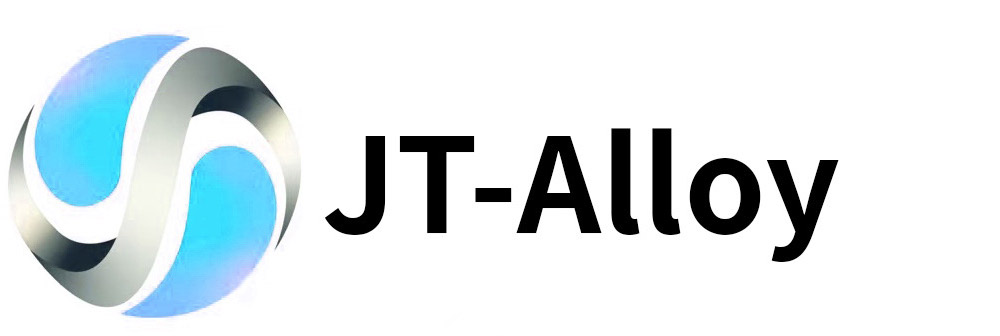I. Introduction
As a core material in modern welding processes, welding wires come in a wide range of types, each with unique application scenarios and characteristics. This article delves into the application scenarios, characteristics, and examples of seven types of welding wires: ENiCrMo-3, ERNiCu-7, ERNi-1, ERNiCrMo-4, ER385, HCF955, and 45CT.
II. Welding Wire Types, Application Scenarios, and Characteristics
1. ENiCrMo-3
o Application Scenario: Primarily used for welding nickel-based alloys in high-temperature, high-pressure, and corrosive environments, such as nuclear reactor components.
o Characteristics: Excellent high-temperature strength, corrosion resistance, and oxidation resistance.
o Example: In nuclear power plants, ENiCrMo-3 welding wire is used for welding pressure vessels in reactors, ensuring stability and safety in extreme environments.
2. ERNiCu-7
o Application Scenario: Suitable for welding nickel-copper alloys in industries such as seawater treatment and shipbuilding.
o Characteristics: In addition to good corrosion resistance, it also has excellent anti-biofouling properties.
o Example: In the shipbuilding industry, ERNiCu-7 welding wire is often used for welding seawater desalination equipment, extending its service life.
3. ERNi-1
o Application Scenario: Widely used for welding nickel-based alloys in industries such as chemicals and petroleum.
o Characteristics: High strength, good ductility, and corrosion resistance.
o Example: In the manufacturing of petrochemical plant equipment, ERNi-1 welding wire is commonly used for welding high-temperature and high-pressure reactors.
4. ERNiCrMo-4
o Application Scenario: Suitable for welding nickel-based alloys with high-temperature and high-strength requirements, such as in the aerospace industry.
o Characteristics: In addition to excellent high-temperature strength and corrosion resistance, it also has good creep resistance.
o Example: In aircraft engine manufacturing, ERNiCrMo-4 welding wire is used for welding turbine blades, ensuring stability and durability at high temperatures.
5. ER385
o Application Scenario: Specifically designed for welding titanium and titanium alloys, particularly in the aerospace and medical fields.
o Characteristics: Extremely low hydrogen content, reducing the risk of porosity and cracks during welding.
o Example: In aircraft manufacturing, ER385 welding wire is used for welding titanium alloy fuselage structures, improving the structural strength and lightweight effect of the aircraft.
6. HCF955
o Application Scenario: Primarily used in food processing and pharmaceutical equipment where welding quality requirements are extremely high.
o Characteristics: Minimal spatter generation during welding, ensuring cleanliness in the welding area.
o Example: In the pharmaceutical industry, HCF955 welding wire is used for welding stainless steel drug production lines, ensuring hygiene and safety during the production process.
7. 45CT
o Application Scenario: Widely used for welding carbon steel and low-alloy steel in infrastructure such as buildings and bridges.
o Characteristics: Excellent welding performance and mechanical properties, relatively low cost.
o Example: In highway bridge construction, 45CT welding wire is used for welding steel structures, ensuring the load-bearing capacity and stability of the bridge.
III. Conclusion
Different types of welding wires have their own unique application scenarios and characteristics. Choosing the right welding wire is crucial for ensuring welding quality and improving production efficiency. By understanding the application scenarios, characteristics, and examples of the seven types of welding wires mentioned above, we can more accurately select the appropriate welding wire for specific needs, thereby optimizing the welding process and improving product quality.
